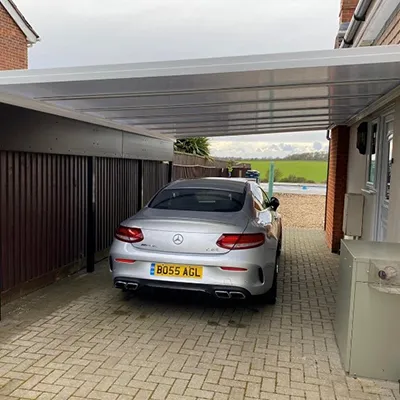All About Sliding Sash Windows: Blending History with Modern Living
All About Sliding Sash Windows: Blending History with Modern Living
Sliding sash windows are a quintessential feature of British architecture, embodying a timeless charm that has graced homes and buildings across the UK for centuries. Unlike modern casement windows that swing open, sliding sash windows consist of two movable panels, or sashes, that slide vertically within the frame.
In the UK, these windows are not just a design choice but a reflection of historical and architectural evolution. From their origins in the 17th century to their prominent role in Georgian, Victorian, and Edwardian architecture, sliding sash windows have adapted to changing tastes and technological advancements. Today, they continue to be cherished for their aesthetic appeal and practical benefits, balancing historical authenticity with modern functionality. This article delves into the history, design, and enduring relevance of sliding sash windows in the UK, exploring why they remain a beloved feature in both period properties and contemporary homes.

History of Sliding Sash Windows
Origins and Evolution: Sliding sash windows first appeared in the 17th century, a period marked by architectural innovation. They quickly gained popularity due to their practicality and elegant design. Throughout the Georgian era, their symmetrical and proportionate aesthetics became a defining feature of British homes. The Victorian period saw further refinements, including the introduction of larger panes and ornate details, while the Edwardian era embraced simpler, more functional designs that catered to the growing middle class.
Cultural Significance: Sliding sash windows hold a special place in British architecture, symbolising a blend of form and function. They are a testament to the country’s rich architectural heritage, adorning countless historical buildings and homes. Their enduring appeal lies not only in their classic look but also in their ability to adapt to modern needs without losing their traditional charm. These windows continue to be a cherished element of the UK’s architectural landscape, bridging the past and present.
Design and Structure
Sliding sash windows consist of several key components that contribute to their functionality and aesthetic appeal:
- Frames: The fixed outer structure that holds the sashes and provides stability to the window.
- Sashes: The movable panels that contain the glass panes. There are typically two sashes in a window, which can slide vertically.
- Glazing Bars (or Muntins): The bars that divide the glass into smaller panes, adding to the visual charm and historical accuracy of the window.
- Pulley and Weight Mechanism: A system of weights and pulleys used to counterbalance the sashes, allowing them to be easily raised and lowered.
The choice of materials plays a crucial role in the performance and longevity of sliding sash windows:
- Traditional Materials: Historically, timber was the primary material used for sliding sash windows, offering a natural and classic look. Well-maintained timber windows can last for decades, though they require regular upkeep to prevent rot and decay.
- Modern Alternatives: Today, homeowners have a variety of materials to choose from, each with its own benefits.
- uPVC (Unplasticised Polyvinyl Chloride): Known for its durability and low maintenance, uPVC windows are a popular choice for their affordability and energy efficiency.
- Aluminium: Offering a sleek and contemporary appearance, aluminium frames are strong, lightweight, and resistant to corrosion, making them ideal for modern homes.
Understanding the design and structure of sliding sash windows can help you appreciate their unique blend of form and function, whether you’re restoring a period property or selecting windows for a new build.
Types of Sliding Sash Windows
Sliding sash windows come in two main types:
- Single-Hung: In single-hung windows, only one sash (usually the bottom one) is movable, while the top sash remains fixed. This traditional style offers simplicity and is commonly found in older properties.
- Double-Hung: Double-hung windows feature two movable sashes, allowing both the top and bottom sashes to slide vertically. This design provides greater flexibility in ventilation, as opening both sashes can create a natural airflow. Double-hung windows are often preferred for their convenience and enhanced functionality.
Sliding sash windows offer a range of styles and configurations to suit different architectural preferences and practical needs.
- Different Styles and Configurations: Sliding sash windows can be designed with various glazing bar patterns, such as the classic six-over-six (six panes in the top sash and six in the bottom), or more elaborate designs like Georgian and Victorian styles. These variations allow homeowners to choose a look that complements their home’s character.
- Customisation Options for Modern Homes: Modern sliding sash windows can be customised to meet contemporary requirements without losing their traditional appeal. Options include:
- Materials: While timber remains a popular choice for its authentic look, modern materials like uPVC and aluminium offer durability, low maintenance, and improved energy efficiency.
- Colours and Finishes: Homeowners can choose from a wide range of colours and finishes to match their interior and exterior decor.
- Glazing Options: Double or triple glazing enhances thermal insulation and noise reduction, making homes more comfortable and energy-efficient.
- Hardware and Accessories: Various hardware options, such as different types of sash lifts, locks, and fasteners, can add both functionality and aesthetic appeal to the windows.
By understanding the types and customisation options available, homeowners can select sliding sash windows that not only enhance the look of their property but also meet their specific needs and preferences. Whether aiming for historical accuracy or modern convenience, there are sliding sash window solutions to suit every home.
Benefits of Sliding Sash Windows
Sliding sash windows are celebrated for their classic and timeless design. They exude an elegance that enhances the visual appeal of any home, whether it’s a period property or a contemporary building. The traditional features, such as glazing bars and decorative horns, add a touch of sophistication and charm. This timeless look not only preserves the historical integrity of older buildings but also lends a sense of heritage to newer constructions.
For period properties, sliding sash windows are an indispensable feature. They complement the architectural style and historical character of these homes, maintaining their authenticity. The intricate details and craftsmanship of sash windows contribute to the overall aesthetic, making them a favourite choice for homeowners who wish to preserve the charm and elegance of their historic properties.



Aside from their visual appeal, sliding sash windows offer numerous practical benefits:
- Ventilation and Air Flow: One of the key advantages of sliding sash windows is their ability to provide excellent ventilation. By opening both the top and bottom sashes, homeowners can create a natural convection current that promotes airflow throughout the room. This effective ventilation helps to keep the indoor environment fresh and comfortable.
- Easy Maintenance and Cleaning: Modern sliding sash windows are designed with user convenience in mind. Many models feature a tilt-in or removable sash function, making it easy to clean both the interior and exterior glass panes. This practical design ensures that maintaining the windows is straightforward and hassle-free.
By combining aesthetic appeal with practical functionality, sliding sash windows continue to be a popular and enduring choice for homeowners. They offer the best of both worlds: a nod to the past with their timeless design, and modern convenience with their practical advantages.
Challenges and Solutions
- Draughts and Energy Efficiency: Sliding sash windows, especially older models, can be prone to draughts due to gaps and wear over time. These gaps can lead to heat loss, reducing the energy efficiency of your home. This issue is particularly significant in period properties where the original windows are still in place.
- Maintenance and Repairs: Traditional timber sliding sash windows require regular maintenance to prevent issues such as rot, warping, and peeling paint. The pulley and weight mechanism, as well as the sash cords or chains, can also wear out over time, necessitating repairs to keep the windows functioning smoothly.
Modern Solutions:
- Double Glazing for Improved Insulation: One of the most effective solutions to improve the energy efficiency of sliding sash windows is the installation of double glazing. Double glazing consists of two panes of glass with a layer of air or inert gas between them, providing better thermal insulation. This upgrade significantly reduces heat loss, helps to eliminate draughts, and enhances the overall comfort of your home. Additionally, double glazing can reduce external noise, making it a great option for homes in busy areas.
- Advanced Materials for Durability: Modern sliding sash windows can be made from advanced materials such as uPVC and aluminium, which offer superior durability and require less maintenance compared to traditional timber. uPVC windows are known for their excellent insulation properties, low maintenance, and resistance to rot and decay. Aluminium windows are strong, lightweight, and resistant to corrosion, making them ideal for contemporary homes. These materials provide a long-lasting solution while retaining the classic appearance of sliding sash windows.
By addressing common issues with modern solutions, homeowners can enjoy the timeless appeal of sliding sash windows without compromising on energy efficiency and durability. Whether you’re restoring an old property or fitting windows in a new build, these advancements ensure that sliding sash windows remain a practical and stylish choice.
Modern Applications
Retrofitting and Restoration:
- Preserving Historical Authenticity: Retrofitting and restoring sliding sash windows in period properties is essential for maintaining the historical authenticity of these homes. Preservation efforts often involve repairing or replicating original features to match the existing architecture. This process ensures that the historical integrity of the property is upheld while enhancing its aesthetic appeal. Conservation-grade materials and techniques are used to retain the authentic look and feel of the windows, blending seamlessly with the original design.
- Balancing Old Charm with New Technology: Modern technology has made it possible to balance the old charm of sliding sash windows with contemporary conveniences. Innovative solutions, such as double glazing and draught-proofing, can be integrated into traditional window designs without compromising their historical character. These upgrades improve energy efficiency, reduce noise, and enhance overall comfort, making period properties more practical for modern living. By combining traditional craftsmanship with advanced technology, homeowners can enjoy the best of both worlds.
Contemporary Usage:
- Incorporation in New Builds: Sliding sash windows are no longer confined to historical properties; they have found a place in contemporary architecture as well. Their timeless design and versatile functionality make them an attractive choice for new builds. Developers and architects are increasingly incorporating sliding sash windows into modern homes to add a touch of elegance and tradition. The use of advanced materials, such as uPVC and aluminium, ensures that these windows meet current building standards while offering the classic appeal of sash windows.
- Trends in Home Renovation: In the world of home renovation, sliding sash windows are experiencing a resurgence in popularity. Homeowners seeking to enhance the character and value of their properties are opting for sash window installations or upgrades. Whether restoring original windows or installing new ones, the focus is on combining aesthetic appeal with practical benefits. Modern trends include customisation options, such as bespoke colours and finishes, to match personal preferences and complement the overall design of the home.
By exploring modern applications, it is clear that sliding sash windows continue to be a versatile and enduring choice for homeowners. Their ability to blend historical charm with contemporary functionality makes them a timeless feature in both period properties and new builds. Whether through retrofitting and restoration or incorporation in modern architecture, sliding sash windows remain a beloved element of the UK’s architectural landscape.
Glossary of Terms
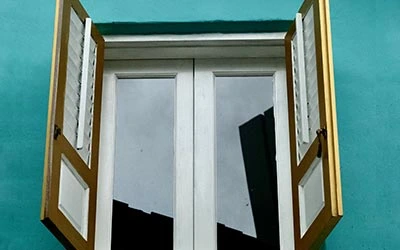
Sash
The movable part of the window that holds the glass panes together.
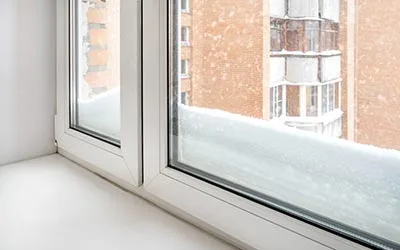
Frame
The fixed outer structure that supports the sashes

Glazing Bars (or Muntins)
The bars that divide and hold the panes of glass within the sash.
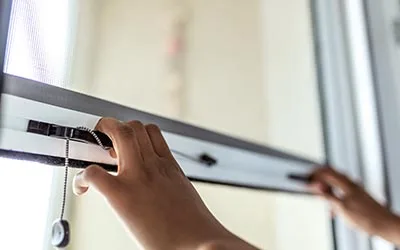
Pulley and Weight Mechanism
A system of weights and pulleys used to balance the sashes, making them easier to open and close.
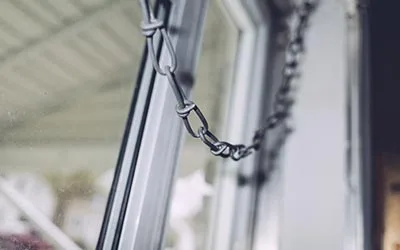
Sash Cord (or Chain)
The rope or chain that connects the sash to the counterweights in the pulley system.

Single-Hung
A type of sash window where only one sash moves, usually the bottom one.
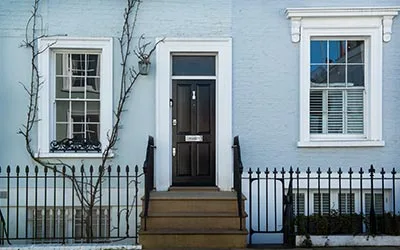
Double-Hung
A type of sash window where both the top and bottom sashes can move.
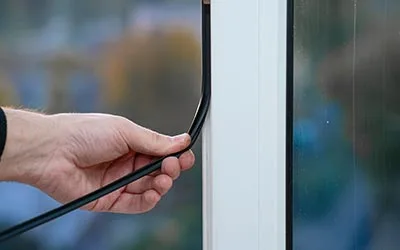
Draught Proofing
Techniques and materials used to seal gaps around the sash window to prevent drafts.

Sash Lift
A handle used to open and close the sash.

Sash Fastener
A locking mechanism that secures the sashes together when closed.
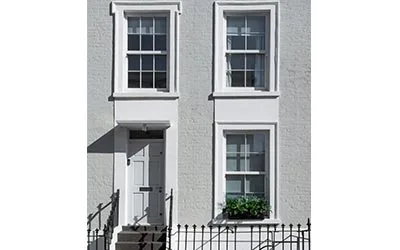
Parting Bead
A vertical strip that separates the two sashes in a double-hung sash window.

Staff Bead
A bead that holds the sash in place within the frame.

Trickle Vents
Small openings that allow for ventilation while the window remains closed.
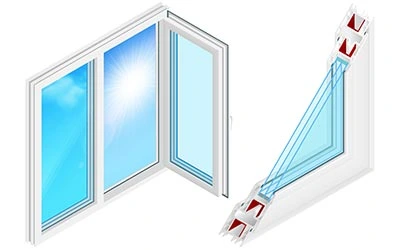
Double Glazing
A window with two layers of glass separated by a spacer, used for improved insulation.



